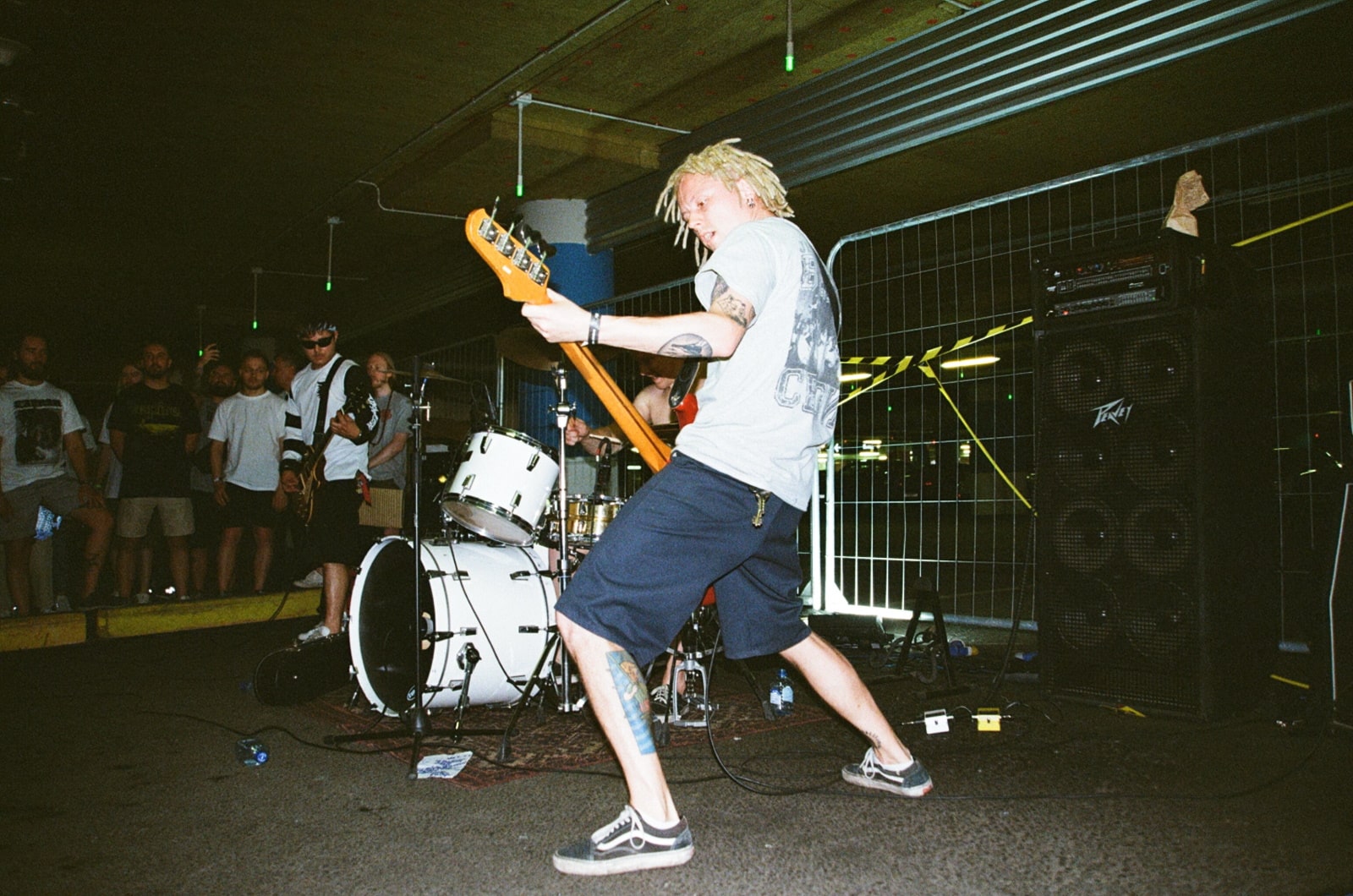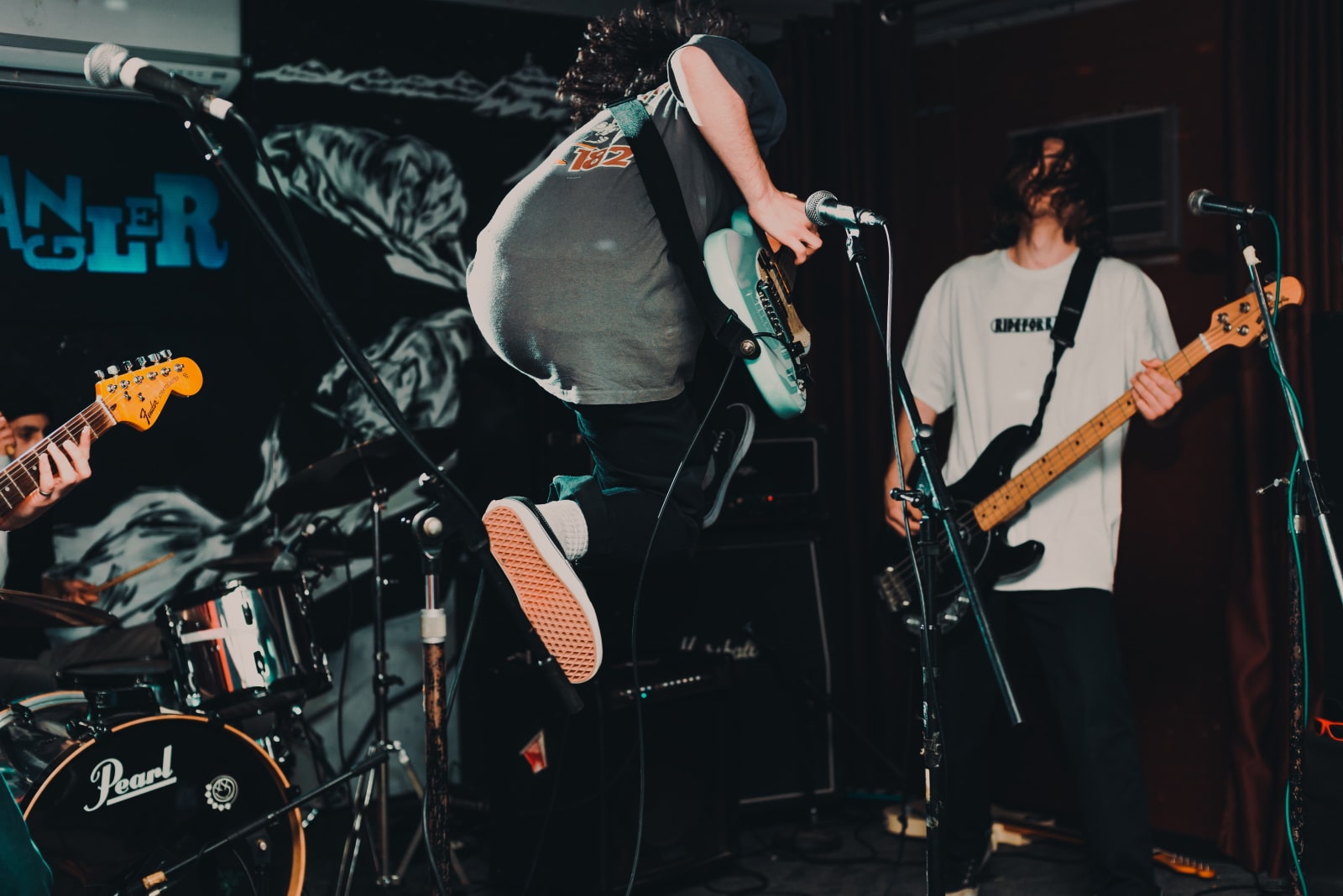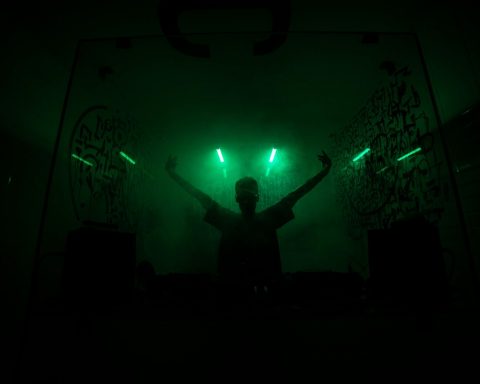What do you think of when you hear the word “punk”? For most people of a certain age with an interest in modern culture, punk describes the anti-establishment music and fashion movement that emerged in the mid-1970s and disappeared soon after. Punk conjures up images of Mohican haircuts, ripped clothes, and safety pins. In fact, as the BBC reports, punk imagery has become an art form.
Meanwhile, punk music means bands like the Damned, the Sex Pistols, the UK Subs, and the Clash. Yet, punk culture started before this period and continued well after. So, how do we define punk in the modern era?
Who decides what is punk?
To examine the legacy of punk, we can look at its wider impact on culture, society, and the media, and see how it is portrayed. But these representations do not always live up to our own definition of punk. After all, what’s punk to one person may not be punk to another. For example, fans of 1970s punk bands like the Sex Pistols or The Buzzcocks may be horrified to see 90s bands like Green Day or Blink-182 labeled as punk.
Their radio-friendly version of the genre played out in stadiums seems the antithesis of what 1970s punk music was all about. But to 90s kids, they offered a version of punk that resonated at the time. And who is anyone to gatekeep what is and isn’t punk? After all, the roots of punk go back way further than the 1970s.
Origins of punk
Believe it or not, the word ‘punk’ (puncke) dates to Shakespearean times. The bard first used it around 1603 to describe a woman who was “neither maid, widow, nor wife.” The implication of low moral value carried through to later uses of the word. It eventually became a byword for contemptible youth and often implied criminality, especially in the US. And it was there that punk music first emerged in the 1970s.
The 1970s punk phenomenon
The early US punk music movement featured a more conventional look of denim, leather, and long hair, more often associated with rock bands. But it suited the loser image of the US punk kid. And was captured best by the Ramones, who are widely acknowledged as the first US punk rock band.
The US and UK punk scenes took different paths in terms of their music and their fashion. The LA scene was dominated by garage punk bands like Black Flag, X, the Germs, Fear, and the Circle Jerks, who maintained a more hardcore approach to their sound. This dangerous and disruptive scene was portrayed with raw accuracy in the 1981 movie ‘The Decline of Western Civilization.’
Meanwhile, the UK scene took a slightly more anarchic approach thanks to the Sex Pistols. UK punk was about breaking taboos and smashing the establishment. There was swearing, spitting, and anything else that would rock the boat. No movie captured that better than Julian Temple’s 2000 documentary about the Sex Pistols ‘The Filth and the Fury.’ The film is the ultimate warts-and-all portrayal of the UK’s most famous punk outfit.
But the angry delinquent side of UK punk was balanced by the more intellectual approach of bans like the Clash and the Buzzcocks. They explored more thoughtful political themes, social commentary, and even love and romance. This more mature approach spelled the end of punk for many. For others, it secured its longevity at a time when the flame was about to burn out. Today, the post-punk movement is still going strong with artists such as SCREAM. The energy of punk is used as inspiration, but other influences and ideas are also embraced.

Modern interpretations of punk
The British image of punk is the most influential one when it comes to the media’s portrayal of the genre. For example, in the world of online gaming, punk has recently enjoyed a revival as a popular slot theme. Anyone gambling online in Canada or the US might encounter games such as Punk Rocker and the dubiously titled Punk Toilet, both developed by No Limit City. These games use traditional UK punk themes to create an anarchic atmosphere.
However, another game from the Evolution studio titled ‘CryptoPunks’ may offer a new interpretation of punk. The company purchased four CryptoPunk non-fungible tokens and incorporated them into the game. The result is a retro-style, pixelated slot game that has little in common with 1970s punk. However, the word punk features regularly in the world of cryptocurrency and NFTs. The idea is that those decentralized currencies are a modern symbol of anti-establishment attitudes.
Punk as a brand
This punk attitude also exists in the world of marketing, where brands looking to disrupt the marketplace often use the punk ethos to achieve their aims. This contrived rebellion to service commercial needs might horrify old-school punks. But it should be remembered that much of the success of the original punk scene was built on disruptive marketing. The Sex Pistols’ manager Malcolm McLaren used a series of publicity stunts to gain attention as chronicled in the book ‘The Life and Times of Malcolm McLaren” by Paul Gorman. The secret, McLaren claimed, was to “Be childish. Be irresponsible. Be disrespectful. Be everything this society hates.”
From Shakespeare to the Sex Pistols and beyond, punk has proved to be more than just a fad. It is a mindset, an attitude, a disruptive force that prompts us to question accepted norms. Punk allows us to push boundaries and experiment. Whether at a musical, artistic, or commercial level, punk is about turning the world on its head. And it refuses to go away.














